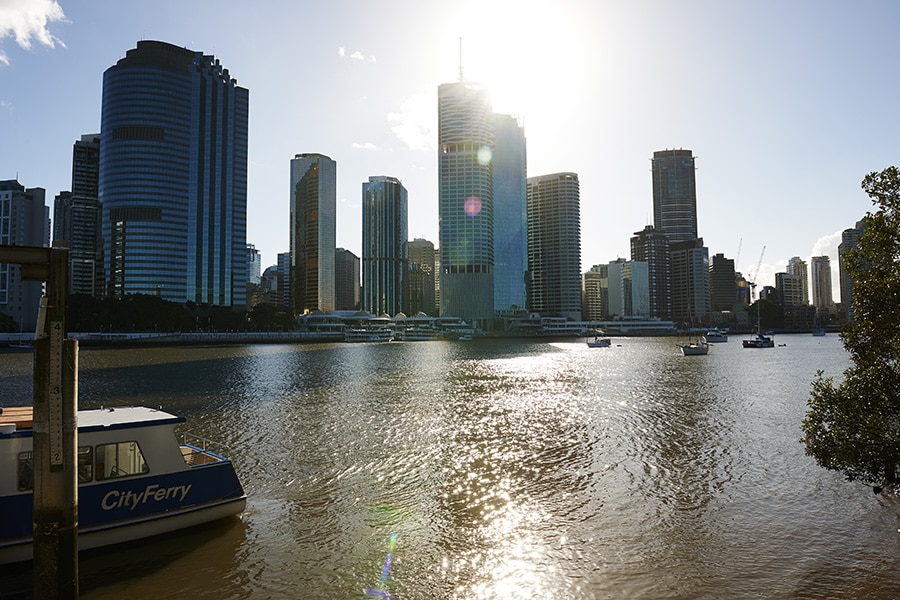Public transport has always been a critically important mode of transport for many people in the community. This includes for people with a disability or other access challenges who rely on public transport to undertake their everyday activities.
The Australian Bureau of Statistics writes, “When people with disabilities are restricted from accessing affordable and convenient public transport in their local area, their ability to participate fully in the community and live independently is also restricted.”
Public transport is vital to many who rely on it as their sole mode of transport for employment, accessing services, socialising, and generally living life.
The customer’s public transport experience almost always crosses over locations, and therefore the responsibilities of multiple organisations. Due to this, consistency has often been hard to come by in regard to safety, frequency and reliability of services, connectivity and transfer between home and bus and tram stops and train stations, and the physical access supports available when transport is in use.
Unlike many other areas of the built environment, public transport operators and infrastructure providers in Australia, must meet minimum specific mandated requirements for access for some time now. The Disability Standards for Accessible Public Transport 2002 (DSAPT) outline the measures that transport providers and operators should take in order to make public transport more accessible, particularly to people with disabilities.
The DSAPT are a legislative instrument linked directly to the Disability Discrimination Act 1992, providing detailed requirements for exactly which types of transport features must be accessible. DSAPT calls up different Australian Standards (AS) at different times, with application of many of those completely mandatory.
Unique to the DASP, when compared to other access-related legislative instruments such as the Disability (Access to Premises – Buildings) Standards, is the inclusion of several landmark completion dates for the provision of access. These mandatory completion landmarks have, since 2002, ensured more continual and relatively consistent improvement to the accessibility features of transport conveyances, infrastructure and premises.
Given that the public transport offering can range from short bus trips, to long haul aircraft travel, there are very broad needs and desires of consumers, as well as responsibilities of providers. Customer expectations are an ever-evolving factor with which all organisations must stay current. The expectation of the level of accessibility an organisation provides, whether physical access, customer service, or access to information, has escalated from the most basic of elements, such as provision of an accessible toilet, to a belief that full inclusion (or as close to full) is what should be provided.
